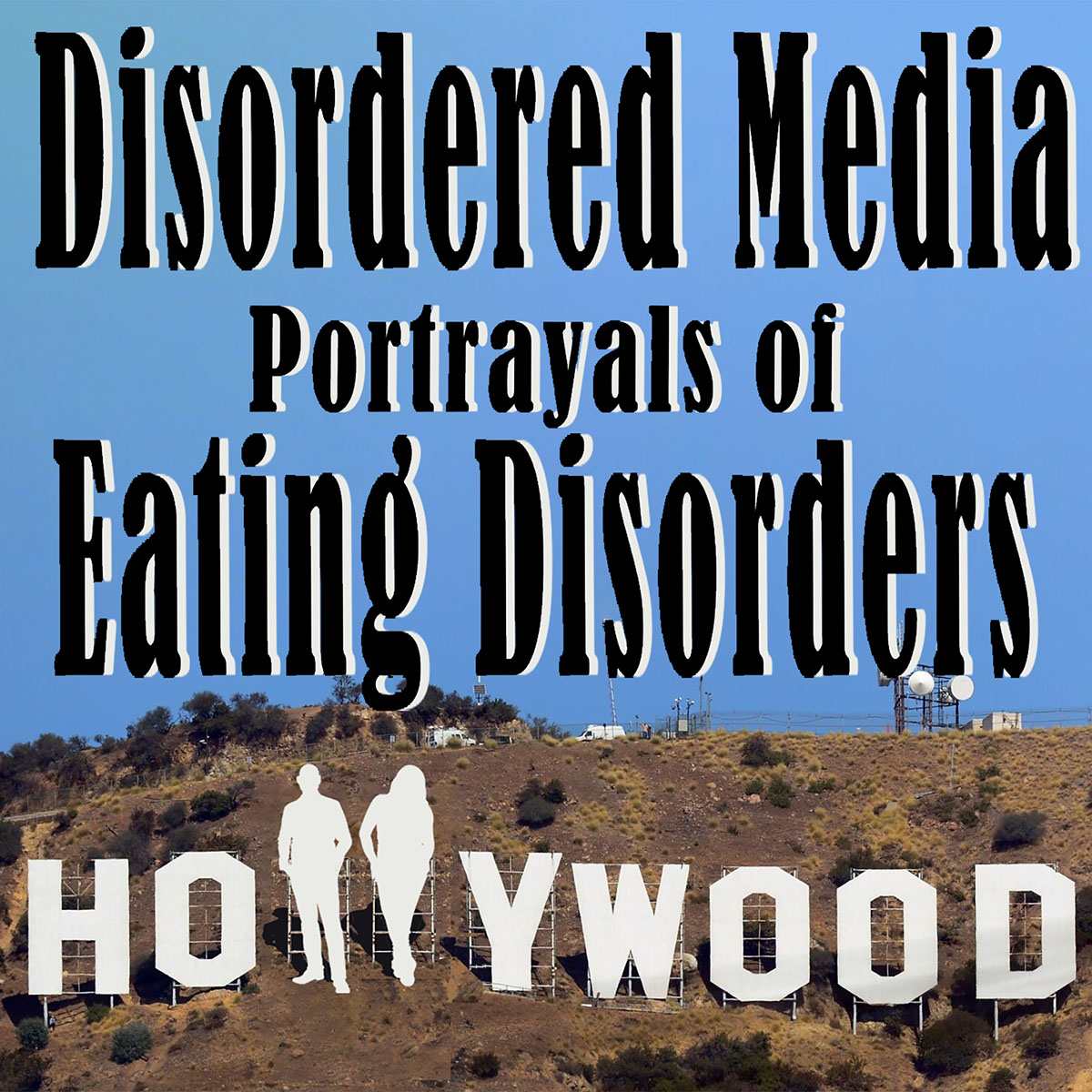

Disordered Media Portrayals of Eating Disorders
By SHS Staff Therapist
Published November 21, 2023
I’m about to ask you to visualize someone, and I want you to take a moment to consider your response before you read on. Ready? Here we go: Imagine someone who has an eating disorder.
Can you visualize that person? Because I have some follow-up questions I’d like you to answer. What race is that person whom you are visualizing? What gender do they identify as? What is their sexual orientation? How old is that person?
Unless you thought of someone you personally know, there is a good chance you thought of someone who is a young, white, heterosexual, cisgender female. And a likely reason for that is because that is what typically gets depicted in the media. A recent article by Bassett and Ewart* examined the discrepancies found in the demographics between media portrayals in TV and movies and actual people in the U.S. with an eating disorder. They discovered that media portrayals do not accurately represent what the actual demographics are. For instance, in the media sample utilized in this study, which viewed media between 1981-2022 , only 10.61% were male while statistics indicate that approximately a third of all people with an eating disorder identify as male. Furthermore, based on their sample, the first male with an eating disorder in film did not appear until 2014. Race and ethnicity have also been significantly underrepresented as indicated by Whites making up 84.85% in the media sample despite White American and Latin American individuals having similar rates of bulimia nervosa and Black American adolescents being 50% more likely to engage in bulimic behaviors than their white peers. And while it’s been reported that eating disorder rates are higher amongst LGBTQ+ individuals than compared to their heterosexual and cisgender peers, LGBTQ+ characters only constituted 5% of characters in this media sample. It was also noted there were no characters in media who were Indigenous, AAPI, or transgender.
The reason I bring this up, and why this research study was undertaken to begin with, is that this lack of representation is problematic as it can inhibit people from recognizing that eating disorders can impact ALL people no matter race, ethnicity, gender, sexual orientation, or age. I have heard someone identifying as male and who met criteria for an eating disorder say, “I can’t have an eating disorder. That’s a girl’s problem.” If that notion hadn’t been challenged, he might not have received the critical treatment he needed. We need to be aware both for ourselves and for those we care about that anyone can develop an eating disorder and everyone is deserving of treatment to help them become healthier and more content with themselves.
* Bassett, L., Ewart, M. Discrepancies between media portrayals and actual demographics of eating disorders in TV and film: implications of representation. J Eat Disord 11, 161 (2023). https://doi.org/10.1186/s40337-023-00892-y

